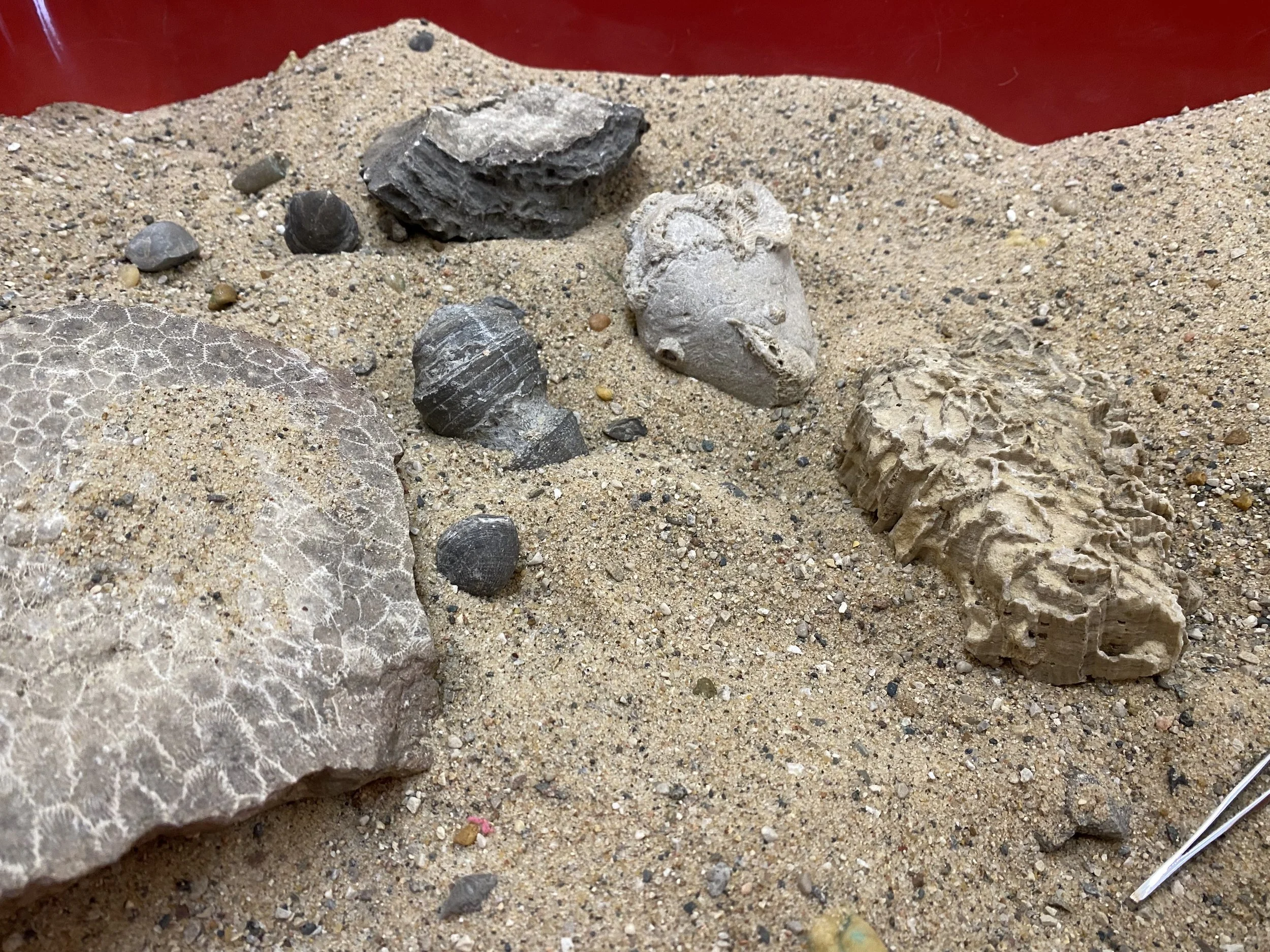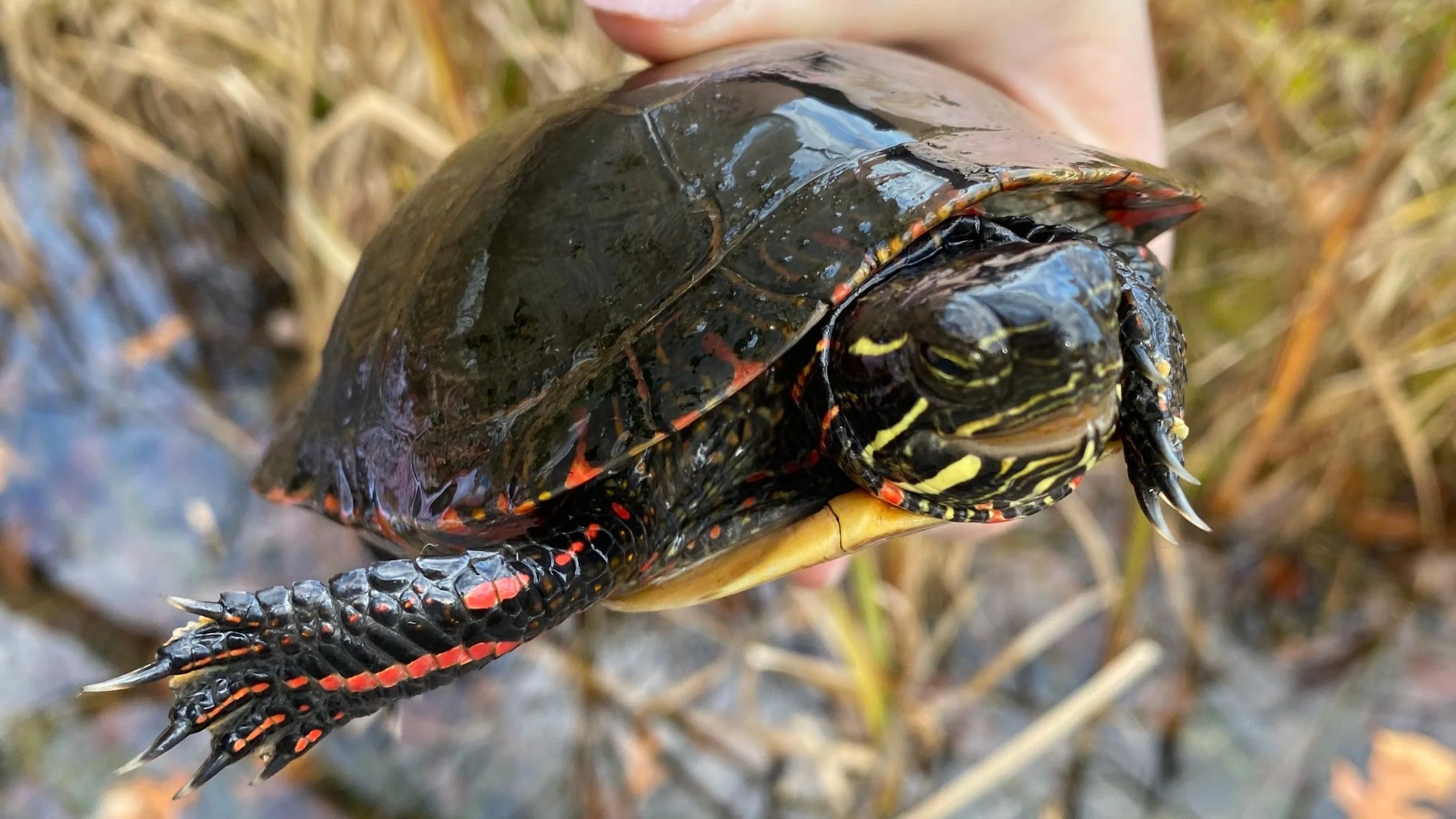We have had a couple great weeks together! On March 9th, we decided to enjoy the spring weather by hiking farther than usual–where Robbins’ Creek meets the Boardman River.
Winter/Spring Knee High Naturalists - Weeks 4 & 5 (Wednesday)
Winter/Spring Knee High Naturalists - Weeks 4 & 5 (Monday)
Winter/Spring Homeschool - Week 5
Winter/Spring Knee High Naturalists - Week 3 (Wednesday)
Winter/Spring Knee High Naturalists - Week 3 (Monday)
We also listened to the book About Birds: A Guide for Children by Cathryn Sill. It taught us all about characteristics of birds, including what they look like and where and how they live. It showed a neat picture of different types of bird beaks and sources of food, which led right into our activity outside at the pavilion.
Winter/Spring Knee High Naturalists - Week 2 (Wednesday)
Winter/Spring Knee High Naturalists - Week 2 (Monday)
Winter/Spring Homeschool - Week 3
Winter/Spring Knee High Naturalists - Week 1 (Wednesday)
Winter/Spring Knee High Naturalists - Week 1 (Monday)
Winter/Spring Homeschool - Week 2
Trees have the most growth in spring and early summer, which forms a light-colored ring. As growth slows in late summer and fall, a thinner, dark ring is produced. We can identify these varying years of growth by looking at cross sections of trees. Starting from either the center circle to the bark, or vice versa, we count either the light or dark rings.
Winter/Spring Homeschool - Week 1
To see how [blubber] works, we tried a little experiment. We put vegetable shortening between two plastic baggies and put our hand inside like a glove. Then, we stuck that hand in a bowl of freezing cold water, but it did not feel cold! The vegetable shortening acted like a layer of fat, insulating our hand.
Fall Homeschool - Week 8
We enjoyed one final adventure together this fall…or should I say winter? Everyone was so excited to play in the snow today! We began the afternoon with snowball fights and snowmen building. We formed groups and challenged each other to roll the biggest snowball. If it had not been snowing the entire time, we probably would have run out of snow.
Fall Knee High Naturalists - Week 8 (Wednesday)
Fall Knee High Naturalists - Week 8 (Monday)
Fall Homeschool - Week 7
Fall Knee High Naturalists - Week 7 (Wednesday)
We started the morning by touring the Nature Center and learning about different birds. We noticed that the snowy owl has big, yellow eyes and the loon has small, red eyes. Their eyes are different because they search for different types of food! Owls hunt at night, often looking for mice in fields, but loons dive underwater looking for fish. The red of the loons' eyes help them see underwater.
Fall Knee High Naturalists - Week 7 (Monday)
We noted that the weather is starting to get colder, night comes earlier, and soon it will be snowing! This means that some of our animals need to leave, or migrate, from the area or go into a deep sleep-like state, called hibernation. From the story we listened to, we learned that it is not just bears that hibernate, but snakes, chipmunks, bats, and even frogs and turtles. So, we decided to check on our frog and turtle friends that we saw at the Frog Boardwalk last week.
Fall Homeschool - Week 6
To start our afternoon, Ms. Paige asked the question, “What does it mean to be a predator and prey?” We talked about predators’ adaptations, like strong hunting skills, sharp teeth and claws, speed, size, etc. that help them capture their food, prey. Prey are often smaller, sneaky, and camouflaged to blend into their environments, but sometimes they can be larger animals–even predators themselves.



















